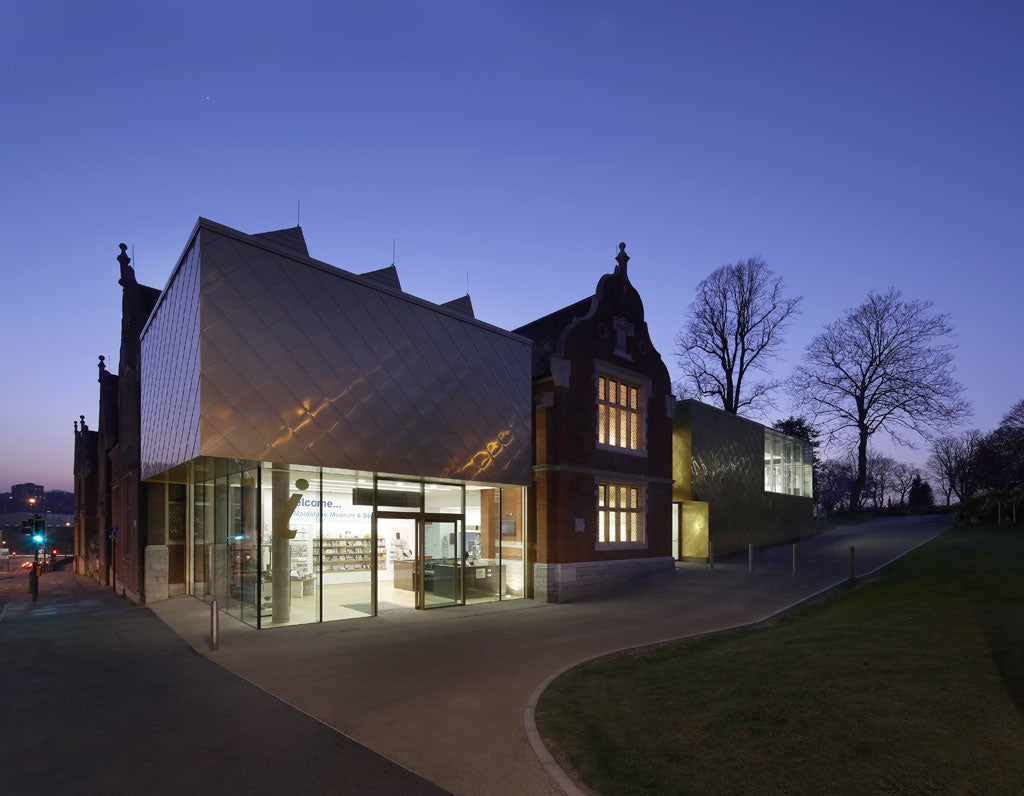Maidstone Museum and Bentlif Art Gallery's new extension is a modern classic

Your support helps us to tell the story
From reproductive rights to climate change to Big Tech, The Independent is on the ground when the story is developing. Whether it's investigating the financials of Elon Musk's pro-Trump PAC or producing our latest documentary, 'The A Word', which shines a light on the American women fighting for reproductive rights, we know how important it is to parse out the facts from the messaging.
At such a critical moment in US history, we need reporters on the ground. Your donation allows us to keep sending journalists to speak to both sides of the story.
The Independent is trusted by Americans across the entire political spectrum. And unlike many other quality news outlets, we choose not to lock Americans out of our reporting and analysis with paywalls. We believe quality journalism should be available to everyone, paid for by those who can afford it.
Your support makes all the difference.What on earth is that goldy-looking thing in the middle of Maidstone, that supersized Benson & Hedges fag packet pretending to be a building? Ah, it must be one of those World-Class Places that the government is promoting – as in "iconic" architecture. Not so. The new extension of Maidstone Museum and Bentlif Art Gallery, designed by Hugh Broughton, is a counter-blow to the government's witless, developer-friendly assumption that places, and lives, can be transformed by blinged-up buildings marketed as world class.
Broughton's new architecture may look glitzy, but it's actually simple, effective, and absolutely local in the way it has made the museum a much more effective cultural, and urban, focal point. And it's gained 30 per cent more exhibition space, with a doubling of storage capacity.
The museum's mélange of 16th, 19th-and 20th-century buildings, containing wide-ranging collections, has been recast along two of its edges, and the copper-skinned extension holds aloft a delightful glass room.
Broughton has remodelled the museum's original southeast corner, built in 1878, smartened up two original galleries, turned a skinny goods delivery space into an exhibition area, and created a fine new space for the museum's internationally important Japanese collection.
Join our commenting forum
Join thought-provoking conversations, follow other Independent readers and see their replies
Comments